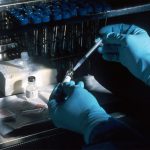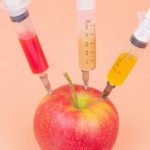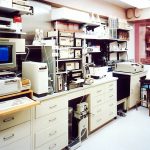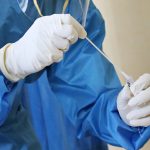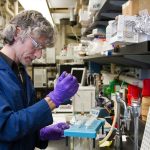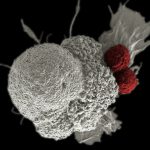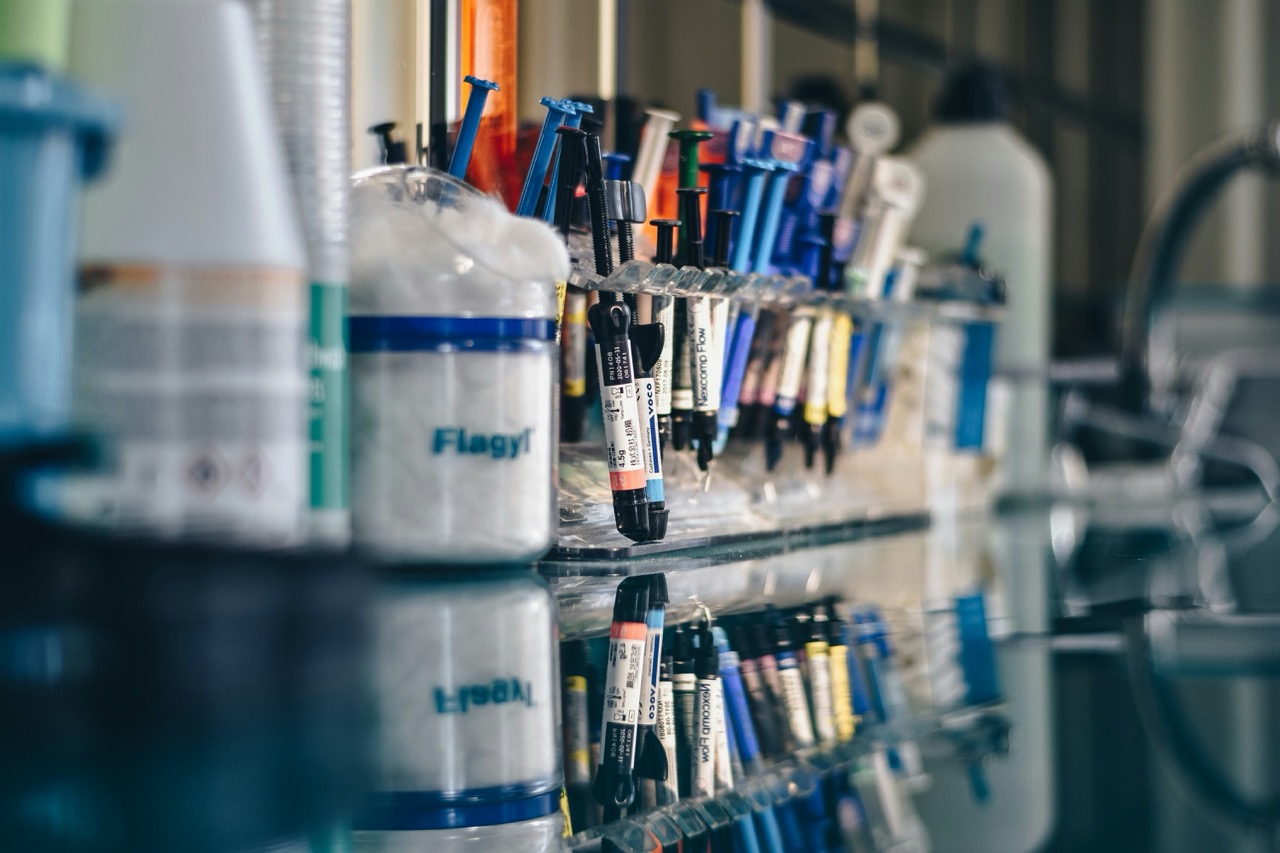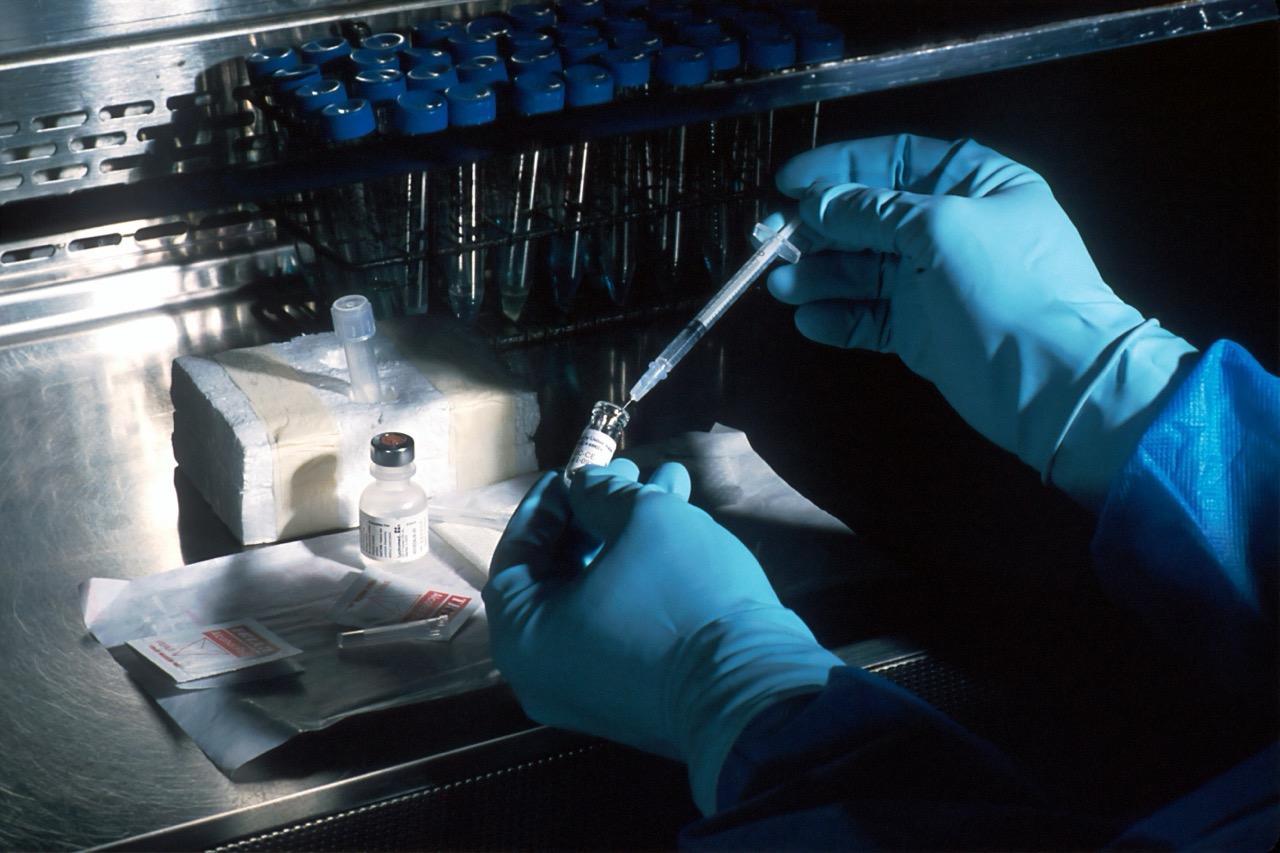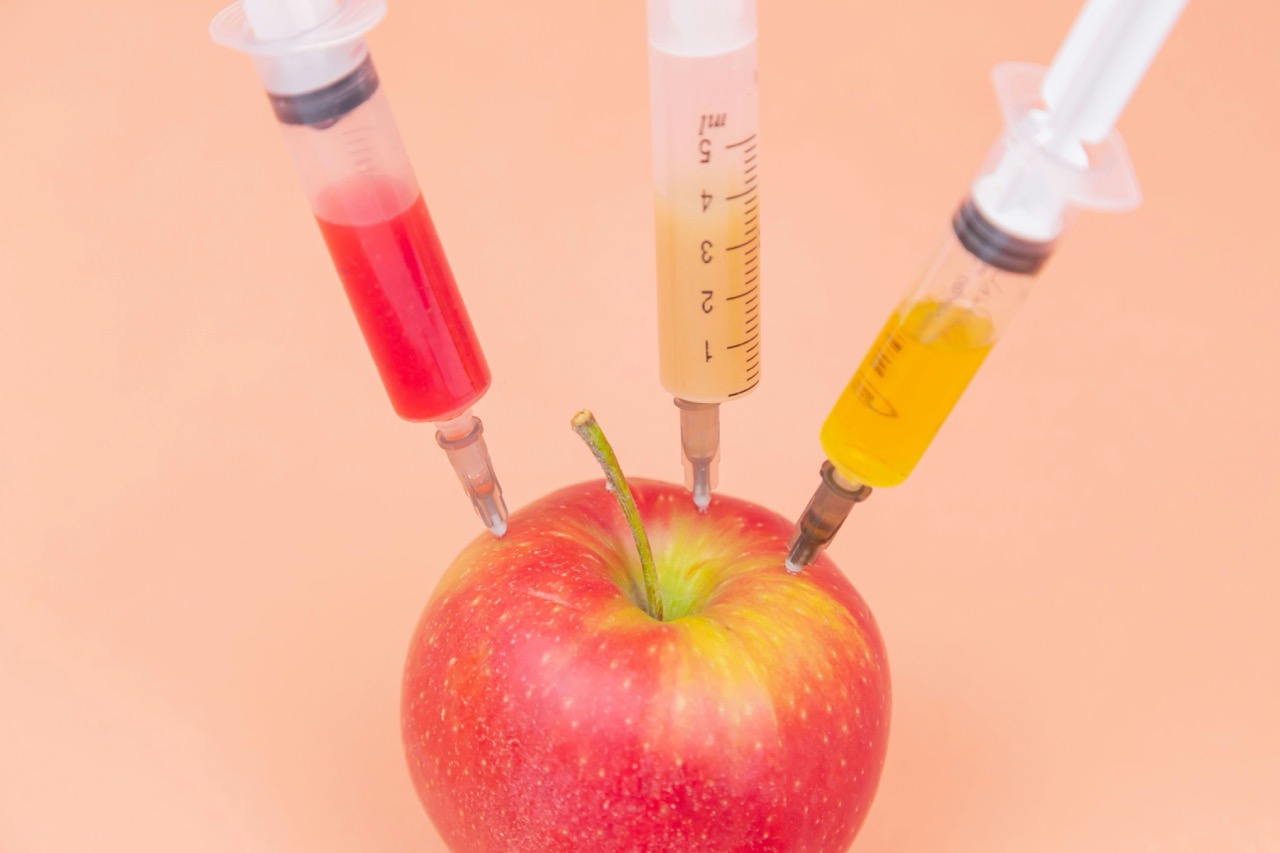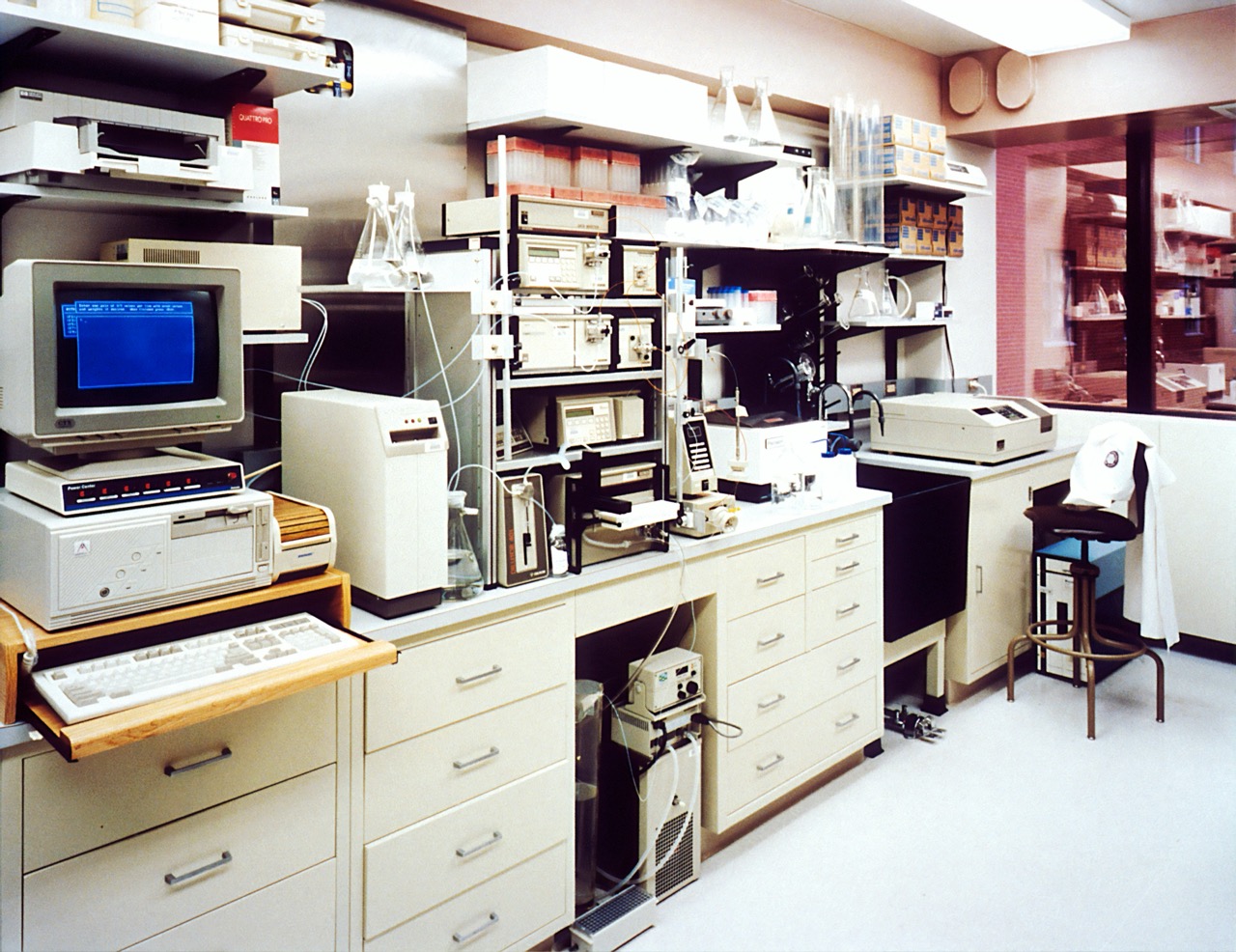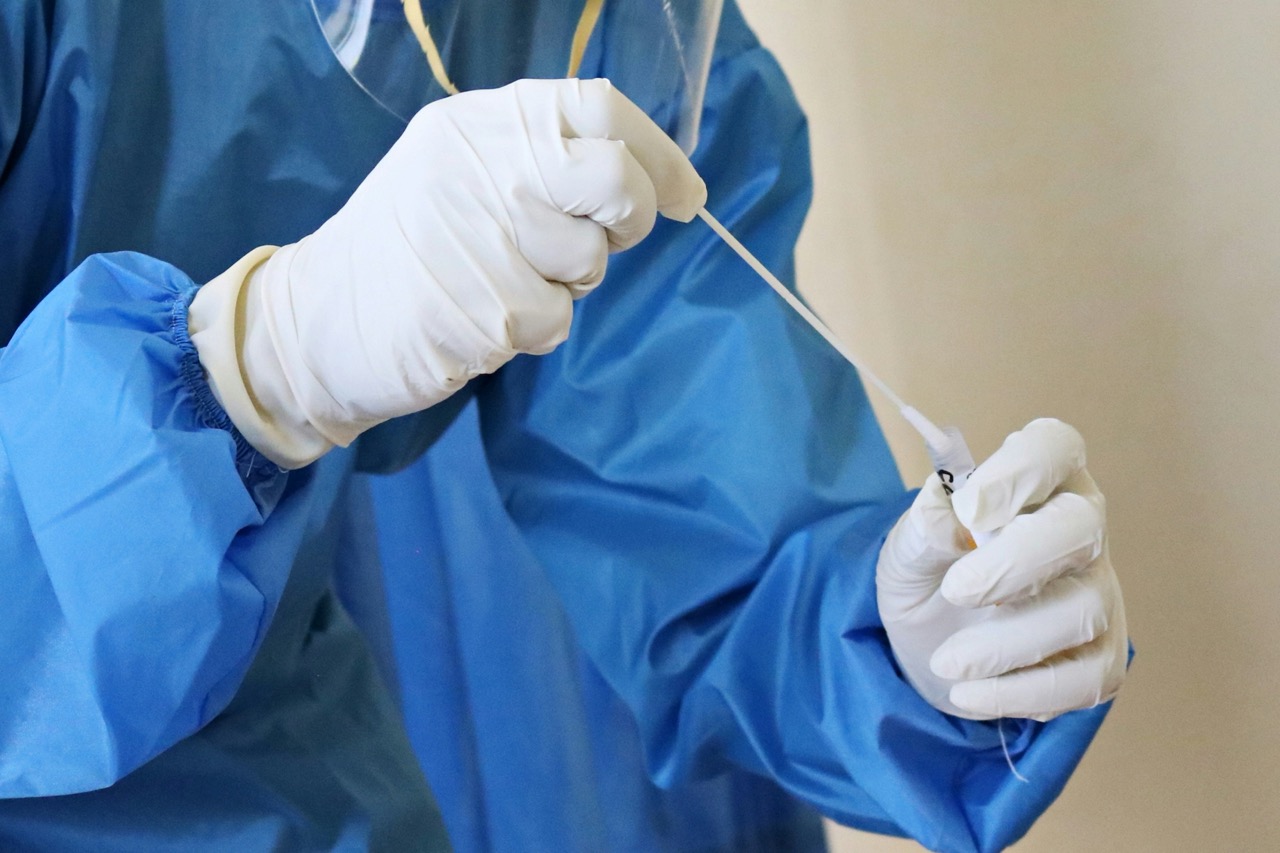Human Papillomavirus (HPV) is one of the most common sexually transmitted infections globally, and it encompasses over 200 different strains. While the virus is primarily associated with sexual activity, questions have arisen regarding its potential transmission through non-sexual means, including kissing. This article delves into the nature of HPV, its transmission pathways, and the implications of kissing as a potential vector for HPV. By examining the current research, we aim to provide clarity on these concerns and suggest preventive measures to mitigate the risk of HPV spread.
Understanding HPV: An Overview of Human Papillomavirus
Human Papillomavirus (HPV) is a group of more than 200 related viruses, out of which about 40 types are transmitted through direct sexual contact. Some strains of HPV can lead to benign warts, while others are classified as high-risk due to their association with various cancers, including cervical, anal, and oropharyngeal cancers. HPV is often asymptomatic, which means that many individuals may carry the virus without being aware of it, complicating efforts to track and manage its spread.
The virus primarily infects epithelial cells, which are found in areas such as the skin and mucous membranes. The transmission of HPV typically occurs through skin-to-skin contact, particularly during intimate sexual activities. Given its prevalence, the Centers for Disease Control and Prevention (CDC) estimates that nearly everyone who is sexually active will contract some form of HPV at some point in their lives.
Effective vaccines are available to protect against the most common high-risk and low-risk HPV strains. The introduction of these vaccines has significantly reduced the incidence of HPV-related diseases, especially among young populations. However, despite vaccination efforts, misinformation and lack of awareness continue to fuel concerns about HPV transmission through non-sexual means, making it essential to clarify these misconceptions.
The Transmission of HPV: Exploring Non-Sexual Pathways
While HPV is predominantly spread through sexual contact, there are instances where non-sexual transmission pathways have been suggested. These pathways can include transmission through direct skin-to-skin contact, sharing personal items, and even from mother to child during childbirth. In recent years, researchers have explored the possibility of HPV being transmitted through non-genital contact, particularly in relation to contaminated surfaces and objects.
Evidence of non-sexual HPV transmission remains limited and inconclusive. Some studies have indicated that HPV may be present in saliva, leading to questions about the possibility of transmission through kissing. However, the viral load in saliva is typically much lower than that found in genital regions, making the likelihood of transmission through kissing considerably less probable. The nature of the virus’s survival outside its preferred environment also contributes to the uncertainty surrounding non-sexual transmission.
Overall, while it is theoretically possible for HPV to be transmitted through non-sexual means, including kissing, the risk remains significantly lower compared to sexual transmission. The primary focus of HPV transmission continues to be sexual activity, reinforcing the need for awareness and preventive measures related to sexual health.
Kissing and HPV: What the Research Indicates
Research specifically examining the relationship between kissing and HPV transmission is limited, contributing to the ongoing debate about non-sexual pathways of the virus. Some studies indicate that certain HPV strains can be detected in the oral cavity, particularly among individuals with oral HPV infections. However, the vast majority of these infections are linked to sexual practices, such as oral sex, rather than kissing itself.
A review of the research suggests that while HPV can be found in saliva and in the oral mucosa, the transmission of the virus through kissing is not well-established. The low concentration of HPV in saliva compared to genital secretions makes transmission during kissing less likely. Moreover, most individuals who are infected with HPV may not exhibit any symptoms, which further complicates the ability to establish a direct link between kissing and HPV transmission.
To date, health organizations have not classified kissing as a significant risk factor for HPV transmission. The focus remains on sexual activities as the primary means of spreading the virus, emphasizing the importance of safe sexual practices and regular screenings for sexually active individuals.
Preventive Measures: Reducing the Risk of HPV Spread
Reducing the risk of HPV transmission requires a multi-faceted approach that encompasses education, vaccination, and safe sexual practices. The HPV vaccine is a powerful tool in preventing the spread of the virus and its associated health risks. Vaccination is recommended for preteens, but it can still be beneficial for older adolescents and adults who have not been previously vaccinated.
In addition to vaccination, practicing safer sex by using barrier methods such as condoms and dental dams can significantly decrease the risk of HPV transmission during sexual activities. It’s crucial to engage in open conversations with partners about sexual health and HPV status, as well as to consider regular screenings, especially for cervical cancer in women. Early detection can lead to timely intervention and better outcomes.
Lastly, fostering awareness about the nature of HPV, including its modes of transmission and preventive measures, plays a pivotal role in reducing stigma and encouraging individuals to take charge of their sexual health. By prioritizing education and preventive strategies, society can work toward lowering the prevalence of HPV and its potential health consequences for future generations.
In conclusion, while the primary transmission route for Human Papillomavirus is through sexual activity, the question of whether HPV can be transmitted through kissing remains a complex issue. Current research indicates that while some strains can be present in saliva, the risk of non-sexual transmission through kissing is minimal compared to sexual contact. As public awareness about HPV continues to grow, emphasizing the importance of vaccination, safe sexual practices, and regular screenings will be critical in combating the spread of this common virus. Understanding and addressing the nuances of HPV transmission can empower individuals to make informed decisions about their health.
